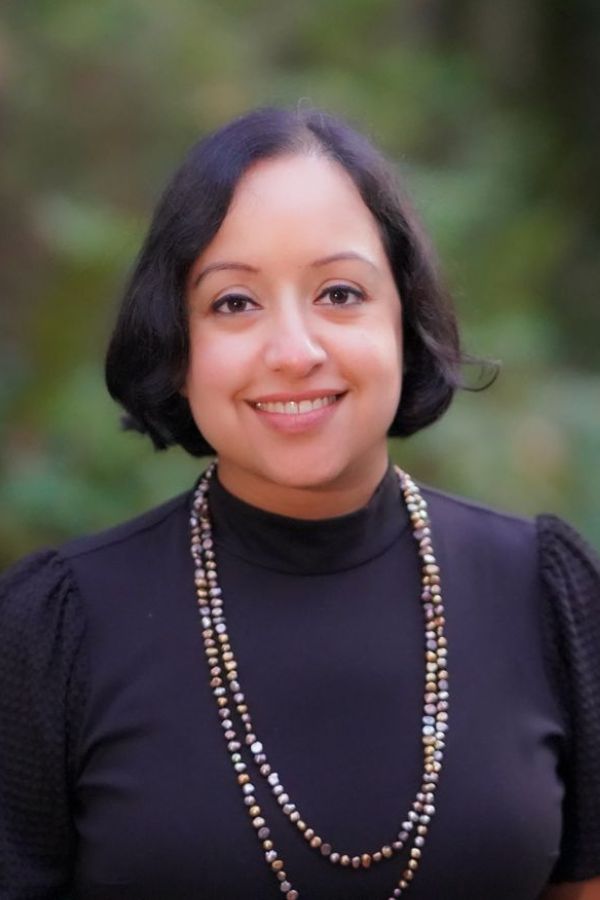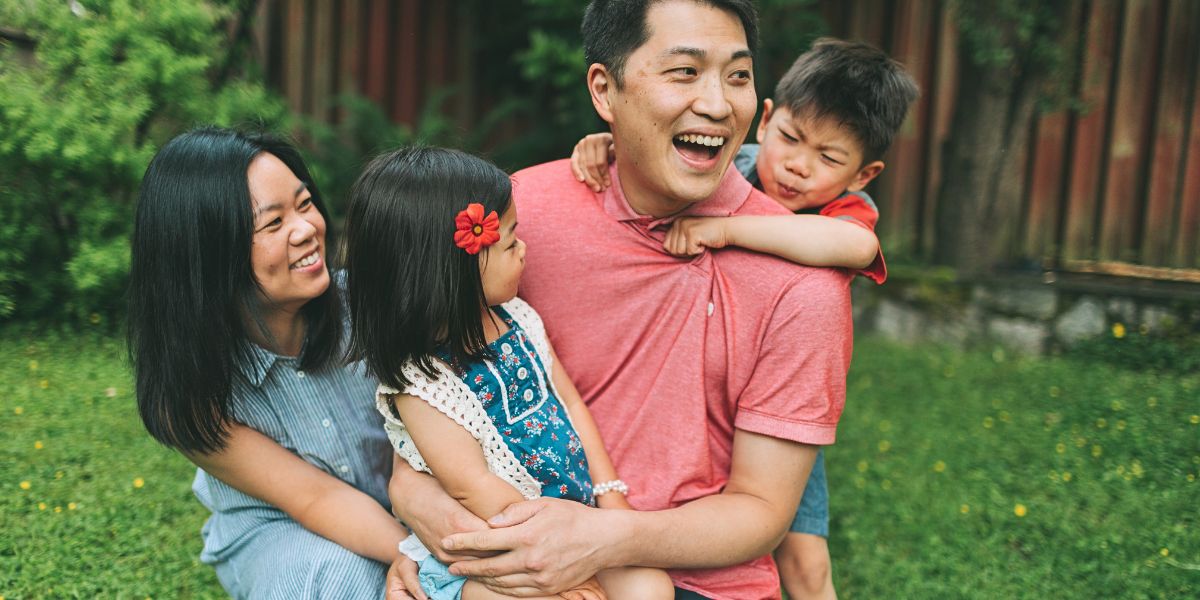
Alcohol consumption is unsafe during pregnancy, so any amount should be avoided. The substance can interfere with normal fetal development, leading to a serious, lifelong impact on individuals. The term used to diagnose alcohol exposure in the womb is fetal alcohol spectrum disorder (FASD). But a group of clinician-researchers have raised concerns about this term and the requirement of a diagnosis to provide patients who show neurodevelopmental impairments with access to supports and funding.
“Prenatal alcohol exposure is harmful to neurodevelopment, so we have to think more broadly and critically about how — and for whom — we make the FASD diagnosis,” says Dr. Preety Salh, an investigator at BC Children’s Hospital Research Institute (BCCHR) and medical director of the Complex Developmental and Behavioural Conditions (CDBC) program at Sunny Hill Health Centre at BC Children’s Hospital. Dr. Salh and her colleagues suggest the term contributes to an outdated narrative about child development and maternal health. The discussion was recently published in The Lancet.
Based on current guidelines, at least three out of the 10 criteria must be met to receive a diagnosis of FASD in Canada. “That means a full psychological assessment is required to examine the child’s neurodevelopment, which can’t be done until around eight years old, unless a child has facial features of FASD,” says Dr. Salh, who was also a member of a national FASD working group with the Canadian Pediatric Society and is a clinical assistant professor in the Department of Pediatrics at the University of British Columbia.

An FASD diagnosis also requires documented prenatal alcohol exposure, which can be a barrier to inclusive care. “Many children referred to us are in foster care, were adopted, or have lost their biological mothers, so sometimes we won’t know their medical history,” says Dr. Salh. Unlike at BC Children's Hospital, not every clinic in Canada accepts patients without this documentation. The inability to confirm exposure leaves a group of patients who have neurodevelopmental differences without proper care.
“Prenatal alcohol exposure could be a contributing factor for their symptoms but, if we can’t prove it, it’s still our responsibility as health-care providers to support these kids.”
In general, prenatal alcohol exposure can contribute to attention, memory, and learning difficulties. But it’s increasingly difficult to correctly attribute neurodevelopmental differences exclusively to exposure. “When we’re able to confirm the diagnosis, all of a child’s difficulties are perceived to be caused by FASD, which may not be true,” says Dr. Salh, explaining that alcohol exposure can occur simultaneously with other prenatal exposures, genetic differences, conditions such as autism, and adverse childhood experiences. “We see children who have experienced trauma, have been separated from their parents, or have been in foster care, so we must be really careful before saying that all their difficulties come from prenatal alcohol exposure.”

Patients referred to CDBC clinics for an FASD diagnosis are often marginalized. In Canada, important research publications such as Uncanny Scripts discuss how FASD has been disproportionately diagnosed among Indigenous peoples and how Indigenous women are constantly asked if they consumed alcohol during pregnancy, even after saying no. “Depending on their social status and race, this question is not asked, even though women from all socioeconomic backgrounds consume alcohol — whether or not they’re aware of their pregnancy,” says Dr. Salh.
Additionally, there’s little research about other developmental disabilities affecting Indigenous children, except for autism more recently.
“This gap contributes to stigma and to a higher probability of patients being diagnosed because of their identity,” says Dr. Salh.
“This discussion needs to be prioritized in health care, and our paper is one step towards that.”
For Dr. Salh’s research team, FASD as a diagnostic term suggests that pregnancy and child health are the sole responsibility of the mother, rather than a shared social responsibility with their partners, communities, and society. “These discussions may be uncomfortable, but they can help prevent the harm of assuming that a child’s developmental differences exist solely because their mother consumed alcohol in pregnancy,” says Dr. Salh, noting the urgency of considering many other factors besides alcohol exposure.

As part of a study on cultural safety and FASD diagnosis, with findings expected to be published in 2026, Dr. Salh and colleagues have interviewed clinicians from the CDBC network across BC. While the researchers are still analyzing the data, they identified clinicians’ moral distress when it comes to discussing FASD with mothers. “Exposure in the first six weeks of pregnancy is common because that’s when most people don’t know they’re pregnant,” she says. “The fear of an FASD diagnosis should not keep parents from seeking help.”
The researchers highlight the need for continued discussion to address stigma and bias openly with clinicians and pediatricians.
“We all must acknowledge our biases so we can notice when they surface and act promptly because we don’t want to miss any underlying genetic, or other, disorders that can look like FASD,” says Dr. Salh.
An equity-based approach helps ensure pediatric patients with neurodevelopmental differences have access to all the supports available, regardless of a confirmed diagnosis.
In 2021, BC’s Representative for Children and Youth released Excluded: Increasing Understanding, Support and Inclusion for Children with FASD and their Families. This report provides recommendations on ways to address systemic bias in referrals. The Ministry of Children and Family Development has taken action, including developing and implementing a needs-based integrated service model in four pilot areas in BC. In these specific areas, families don’t require a diagnosis to access services.

Challenges in schools still need to be addressed. Parents whose children don’t seem to be meeting their development milestones, or are having challenges in school, should talk to the pediatrician. If diagnosed with FASD — information that doesn’t need to be disclosed to schools to protect the mother’s medical history — these kids may need support with learning, memory, attention, communication, social and motor skills, physical health, and emotional regulation. Early and appropriate support can improve health outcomes. “If the children have a learning impairment, they may need tutoring; if it’s a language disorder, they may need a speech therapist because communication difficulties can lead to a lot of frustration,” says Dr. Salh.
In the future, Dr. Salh and her colleagues hope to involve youth and young adults diagnosed with FASD, and their mothers, in a qualitative study about their lived experiences. “Researchers also need to look into the role of adverse experiences and trauma in neurodevelopment, and other factors occurring in parallel to alcohol exposure,” she says. “Children with developmental differences deserve to be supported so they can thrive at home, at school, and in their communities.”




